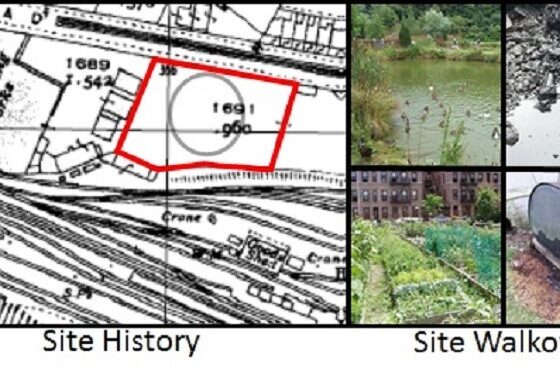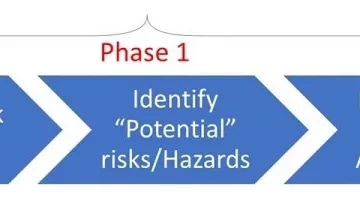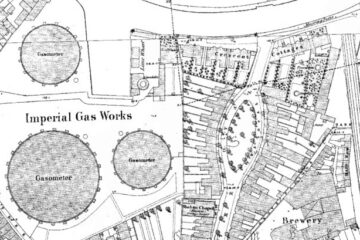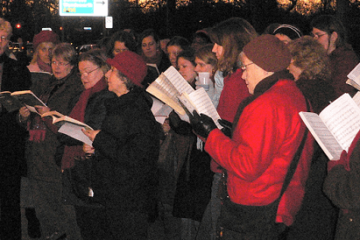Every Phase 1 collects a broad range of information from different sources and through different means. Four of these sources of information are:
- Site History
- Environmental Setting
- Site Walkover Survey
- Information from local Stakeholders or other parties;
Site History
Site History is obtained from historic maps and aerial photographs (mainly) and is used to identify activities on or near the site that occurred in the past that might have had the potential to contaminate the site.
In the UK we are lucky enough to have relatively easy access to electronic copies of current and historic Ordnance Survey and Local Plans spanning well over 100 years
Environmental Setting
While a review of the history of site will provide you with a window to the past life of a site, the Phase 1 needs to consider the current site use and the conditions on, around or under the site that could contribute to risk.
We use available data from a comprehensive database of registered pollution incidents, environmentally sensitive areas, waterways, groundwater resources and potentially pollution activities as well as the geology and expected hydrogeology of the region and this is an abridged list of available information.
Site Walkover Survey
While using Google Earth and Street View can be very handy in seeing the general conditions on and around the site, the benefits from a detailed site inspection as part of the Phase 1 are extensive.
Putting the site history and other information from the desk research into context is vital in understanding risk. If no risk exists then that is one positive outcome, if a risk is identified, first hand knowledge of the site and possible constraints will make our recommendations that bit more relevant.
Discussions with Stakeholders or Other Parties
Stakeholders might include the landowner/occupier, Local Authority or EA/SEPA to name a few. The discussions can provide useful information on otherwise unknown areas of concern and in the case of the Local Authority or EA/SEPA can provide very valuable insight into the expectations of the regulators, this group is ultimately the one you want to satisfy in your final reporting.
Discussions might happen during the walkover but usually involves a phone call or two to Stakeholders and may only take a few moments but have a lasting and positive impact on the outcome of the project.
We’re happy to talk so feel free to contact us on 0800 0209 307 or e-mail us on info@soilutions.co.uk. While we finish our eBooks on Phase 1 and Phase 2 Investigations, why not check out these related blogs:
What is a Phase 1 Environmental Investigation?
Do I need a Phase 1 Environmental Site Investigation
2021
Phase 1 Desk Studies / Preliminary Risk Assessments
Do you want an insight on Phase 1 Desk Studies / Preliminary Risk Assessments for Contaminated Land? This eBook has been written specifically for those new to contaminated land and provides an overview for the uninitiated of what steps you need to follow.







Leave a Reply